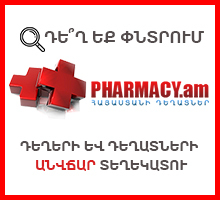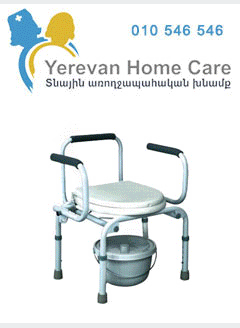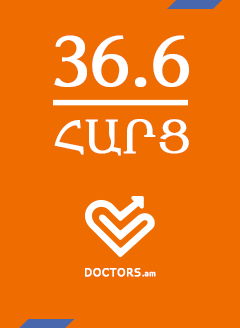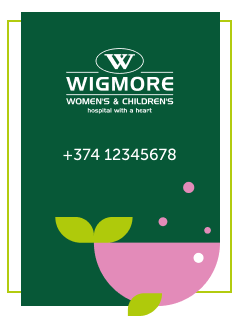Leprosy (Hansen's disease) is a chronic disease caused by the bacteria Mycobacterium leprae, which causes damage to the skin and the peripheral nervous system. The disease develops slowly (from six months to 40 years!) and results in skin lesions and deformities, most often affecting the cooler places on the body (for example, eyes, nose, earlobes, hands, feet, and testicles). The skin lesions and deformities can be very disfiguring and are the reason that infected individuals historically were considered outcasts in many cultures. Although human-to-human transmission is the primary source of infection, three other species can carry and (rarely) transfer M. leprae to humans: chimpanzees, mangabey monkeys, and nine-banded armadillos. The disease is termed a chronic granulomatous disease, similar to tuberculosis, because it produces inflammatory nodules (granulomas) in the skin and nerves over time.
Causes
Leprosy is caused mainly by Mycobacterium leprae, a rod-shaped bacillus that is an obligate intracellular (only grows inside of certain human and animal cells) bacterium. M. leprae is termed an "acid fast" bacterium because of its chemical characteristics. When special stains are used for microscopic analysis, it stains red on a blue background due to mycolic acid content in its cell walls. The Ziehl-Neelsen stain is an example of the special staining techniques used to view the acid-fast organisms under the microscope.
Currently, the organisms cannot be cultured on artificial media. The bacteria take an extremely long time to reproduce inside of cells (about 12-14 days as compared to minutes to hours for most bacteria). The bacteria grow best at 80.9 F-86 F, so cooler areas of the body tend to develop the infection. The bacteria grow very well in the body's macrophages (a type of immune system cell) and Schwann cells (cells that cover and protect nerve axons). M. leprae is genetically related to M. tuberculosis (the type of bacteria that cause tuberculosis) and other mycobacteria that infect humans. As with malaria, patients with leprosy produce anti-endothelial antibodies (antibodies against the lining tissues of blood vessels), but the role of these antibodies in these diseases is still under investigation.
Signs and symptoms
Unfortunately, the early signs and symptoms of leprosy are very subtle and occur slowly (usually over years). The symptoms are similar to those that may occur with syphilis, tetanus, and leptospirosis. Numbness and loss of temperature sensation are some of the first symptoms that patients experience. As the disease progresses, the sensations of touch, then pain, and eventually deep pressure are decreased or lost. Signs that occur, such as relatively painless ulcers, skin lesions of hypopigmented macules (flat, pale areas of skin), and eye damage (dryness, reduced blinking) are experienced before the large ulcerations, loss of digits, and facial disfigurement develop. This long-term developing sequence of events begins and continues on the cooler areas of the body (for example, hands, feet, face, and knees).
Prevention
In a recent trial, a single dose of rifampicin reduced the rate at which contacts acquired leprosy in the two years after contact by 57%; 265 treatments with rifampicin prevented one case of leprosy in this period.A non-randomized study found that rifampicin reduced the number of new cases of leprosy by 75% after three years.
BCG offers a variable amount of protection against leprosy as well as against tuberculosis.
Efforts to overcome persistent obstacles to the elimination of the disease include improving detection, educating patients and the population about its cause, and fighting social taboos about a disease that has caused its patients throughout history to be considered "unclean" or "cursed by God" as outcasts. Leprosy is not a hereditary disease. Where taboos are strong, patients may be forced to hide their condition (and avoid seeking treatment) to avoid discrimination. The lack of awareness about Hansen's disease can lead people to believe (falsely) that the disease is highly contagious and incurable.
The ALERT hospital and research facility in Ethiopia provides training to medical personnel from around the world in the treatment of leprosy, as well as treating many local patients. Surgical techniques, such as for the restoration of control of movement of thumbs, have been developed.
Treatment
In 1988, Jacinto Convit was nominated for the Nobel Prize in Medicine, for developing a vaccine to fight leprosy, by combining a tuberculosis (TB) vaccines with Mycobacterium Leprae.
Enough synthetic pharmaceuticals that are effective against leprosy have by now been identified, and support a flexible choice of treatments. The WHO Study Group's report on the Chemotherapy of Leprosy in 1993 recommended two types of standard MDT regimen be adopted.[66] The first was a 24-month treatment for multibacillary (MB or lepromatous) cases using rifampicin, clofazimine, and dapsone. The second was a six-month treatment for paucibacillary (PB or tuberculoid) cases, using rifampicin and dapsone. At the First International Conference on the Elimination of Leprosy as a Public Health Problem, held in Hanoi the next year, the global strategy was endorsed and funds provided to WHO for the procurement and supply of MDT to all endemic countries. Between 1995 and 1999, WHO, with the aid of the Nippon Foundation (Chairman Yōhei Sasakawa, World Health Organization Goodwill Ambassador for Leprosy Elimination), supplied all endemic countries with free MDT in blister packs, channelled through Ministries of Health. This free provision was extended in 2000 and again in 2005 with donations by the MDT manufacturer Novartis through WHO. In the latest agreement signed between the company and WHO in October 2010, the provision of free MDT by WHO to all endemic countries will now run until at least the end of 2015. At the national level, non-government organizations (NGOs) affiliated to the national programme will continue to be provided with an appropriate free supply of this WHO supplied MDT by the government.
MDT remains highly effective, and patients are no longer infectious after the first monthly dose.It is safe and easy to use under field conditions due to its presentation in calendar blister packs.Relapse rates remain low, and there is no known resistance to the combined drugs.The Seventh WHO Expert Committee on Leprosy, reporting in 1997, concluded that the MB duration of treatment — then standing at 24 months — could safely be shortened to 12 months "without significantly compromising its efficacy."












